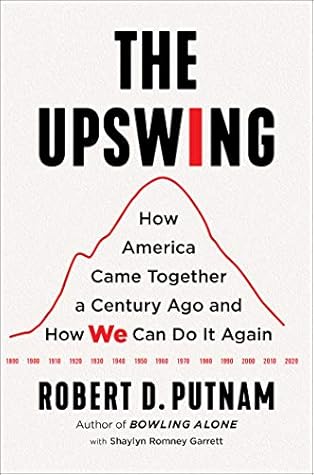both dreamers and doers, created innovations such as the public high school, labor unions, the federal tax structure, antitrust legislation, financial regulation, and more.66 Those creations did not immediately close the income gap, given the turbulence of the Twenties, but they were the necessary foundations for further developments (especially during the New Deal, but not only then) that underpinned the Great Convergence. Conversely, by the 1970s those earlier social innovations and institutional reforms had all begun to fade and even to be reversed. The growth of education “paused” around
...more
Welcome back. Just a moment while we sign you in to your Goodreads account.


